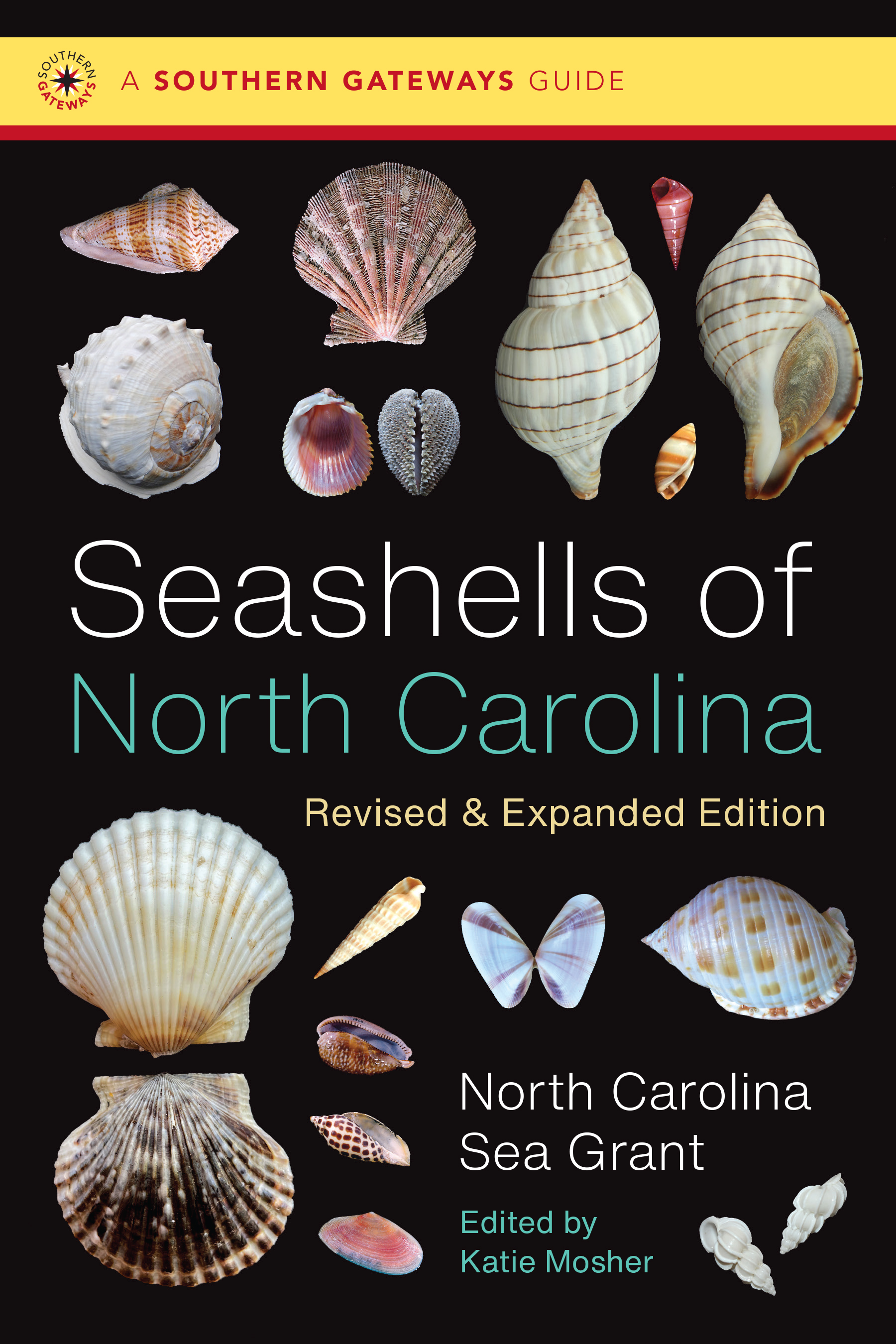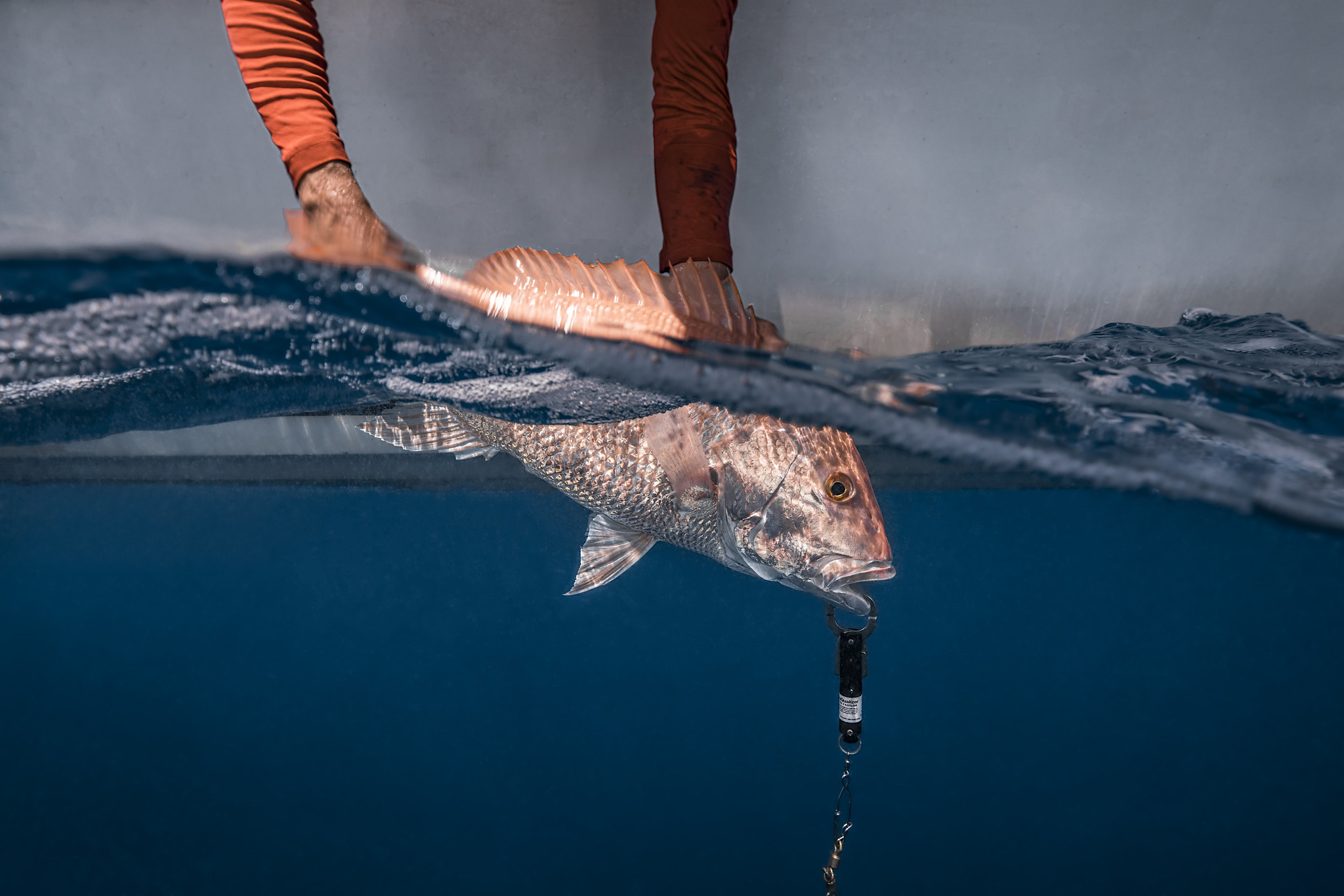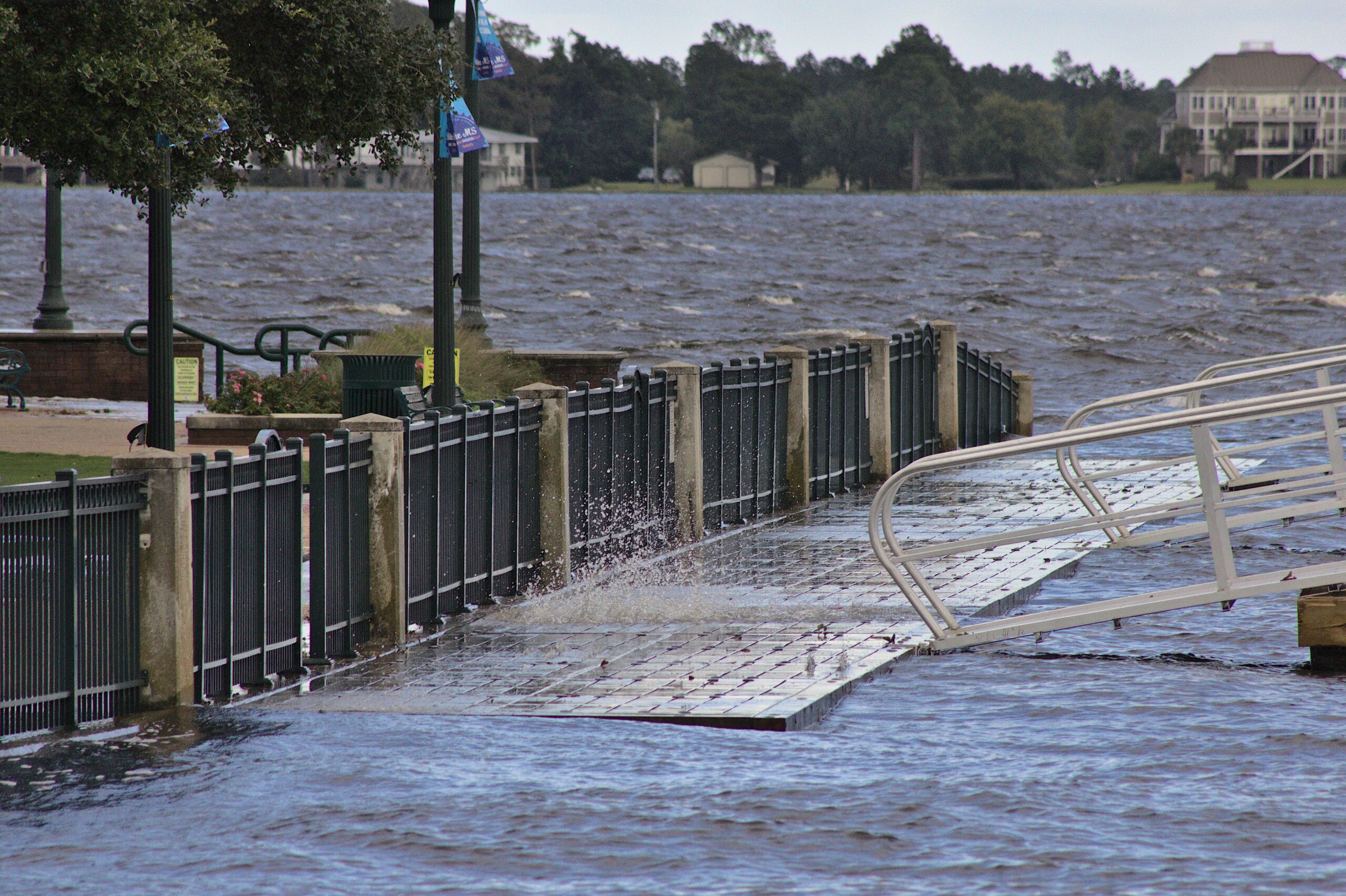NC Shell Show Celebrates “Seashells of North Carolina”

For immediate release
Contact Erika Young at erika_young@ncsu.edu.
“The sea provides a natural treasure hunt. At any time, a group of shells lying inconspicuously in the sand may contain a rarity, just waiting to catch the shell enthusiast’s eye.”
— Seashells of North Carolina
The team behind the latest edition of Seashells of North Carolina will have a book signing session on Saturday, May 3, from noon to 2 p.m, as part of the North Carolina Shell Show at the Crystal Coast Civic Center in Morehead City.
For decades, beachcombers and malacologists alike had turned to Hugh Porter’s classic guide to identify and learn about shells sprinkled along the Carolina coastline. The new Seashells is the result of a partnership of North Carolina Sea Grant, along with The University of North Carolina Press, the North Carolina Museum of Natural Sciences, and the North Carolina Shell Club, which hosts the Shell Show.
Participants at the May 3 event include:
- Katie Mosher, now retired from NC Sea Grant communications
- Art Bogan, curator of mollusks at the NC Museum of Natural Sciences
- Erika Young, coastal and marine education specialist at NC Sea Grant
- Doug Wolfe and Ed Shuller, longtime leaders in the NC Shell Club
Some members of the team will be available for signing books at other times during the show, which runs from May 2 to May 4.
The new Seashells edition builds upon the research and collection of Porter, who joined the University of North Carolina at Chapel Hill’s Institute of Marine Sciences in the 1950s. This edition contains new illustrations by Georgia Minnich to identify shell shapes, which then lead beachcombers to descriptions and photos for final identification.
“The addition of a unique visual shell index will make shell identification easier than before,” Shuller says.
Introductory information explains shell biology and geographic distribution. Readers also will find valuable the index of scientific and common names featuring the updated scientific nomenclature.
“I think this edition is concise enough for the casual beachcomber and specific enough for research purposes,” Young says. “My most pivotal learning experience about NC’s shells was Dr. Hugh Porter’s display at IMS as a graduate student. It was an honor to work on this book and continue his legacy for mollusk lovers everywhere.”
Seashells of North Carolina will be available to purchase at the show and also at many of the state’s aquariums and museums, as well as through local bookstores and through ebook platforms, with UNC Press taking individual orders as well as requests for bulk orders.
Purchase your copy of Seashells of North Carolina from UNC Press.
NOTE: Educators considering the book for course adoption and members of the media can request copies from Helen.Kyriakoudes@uncpress.org


